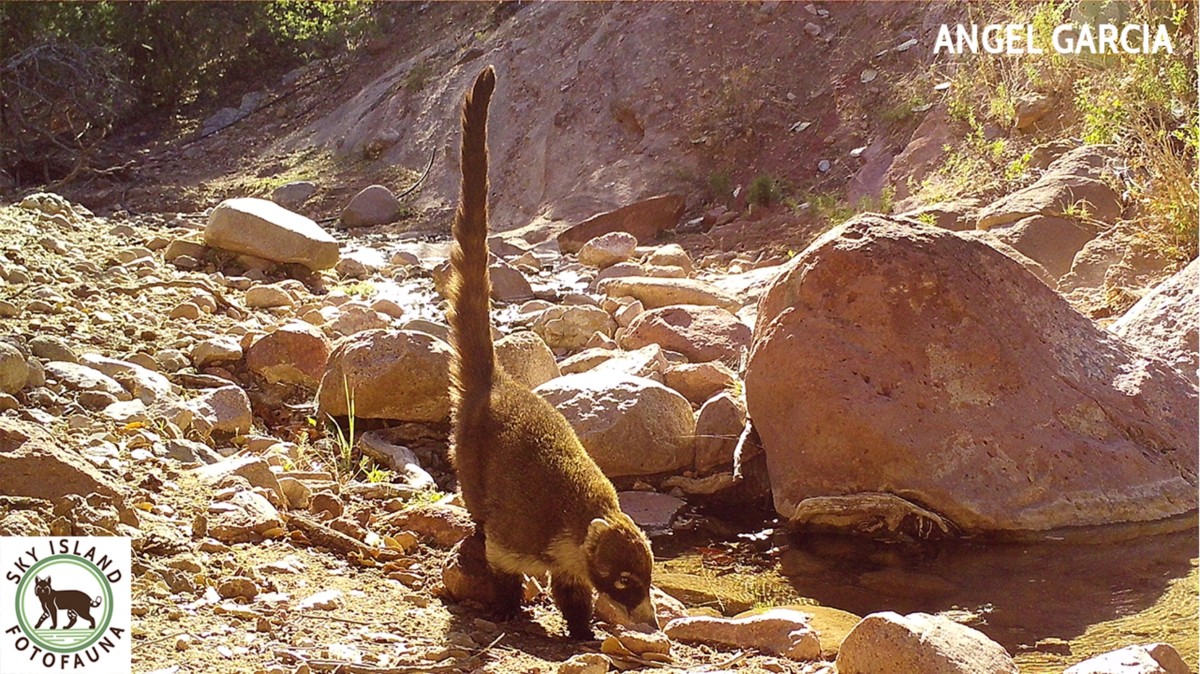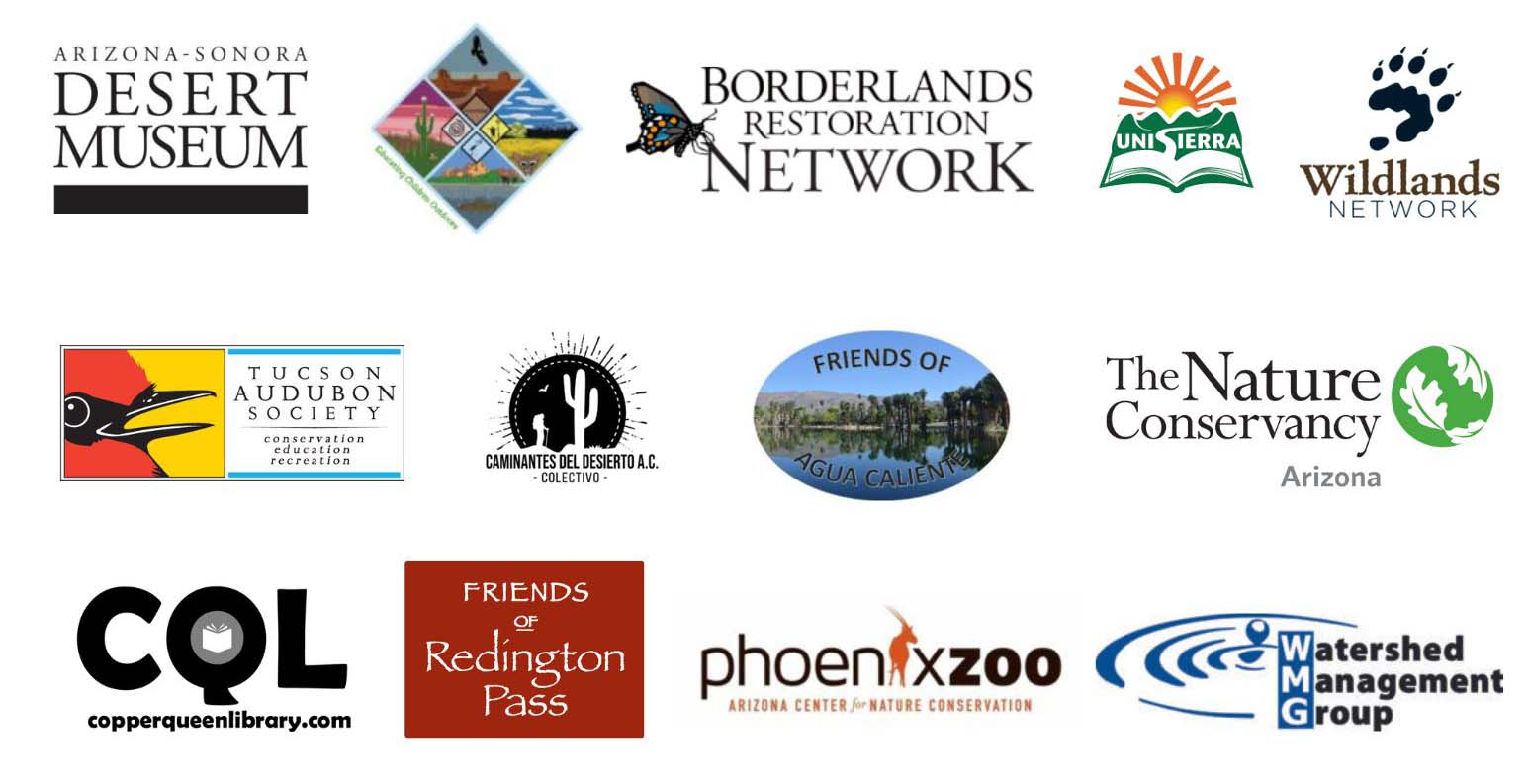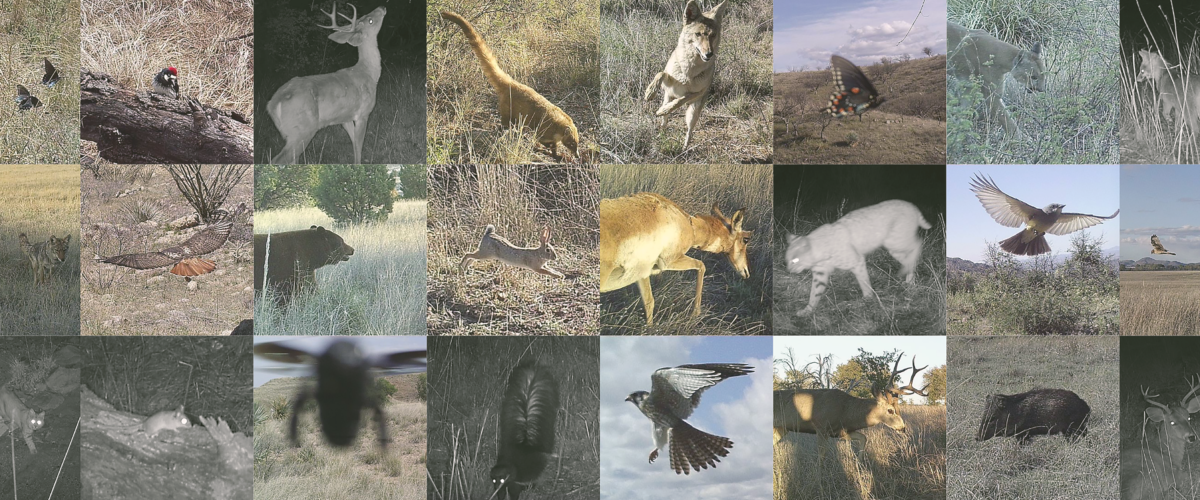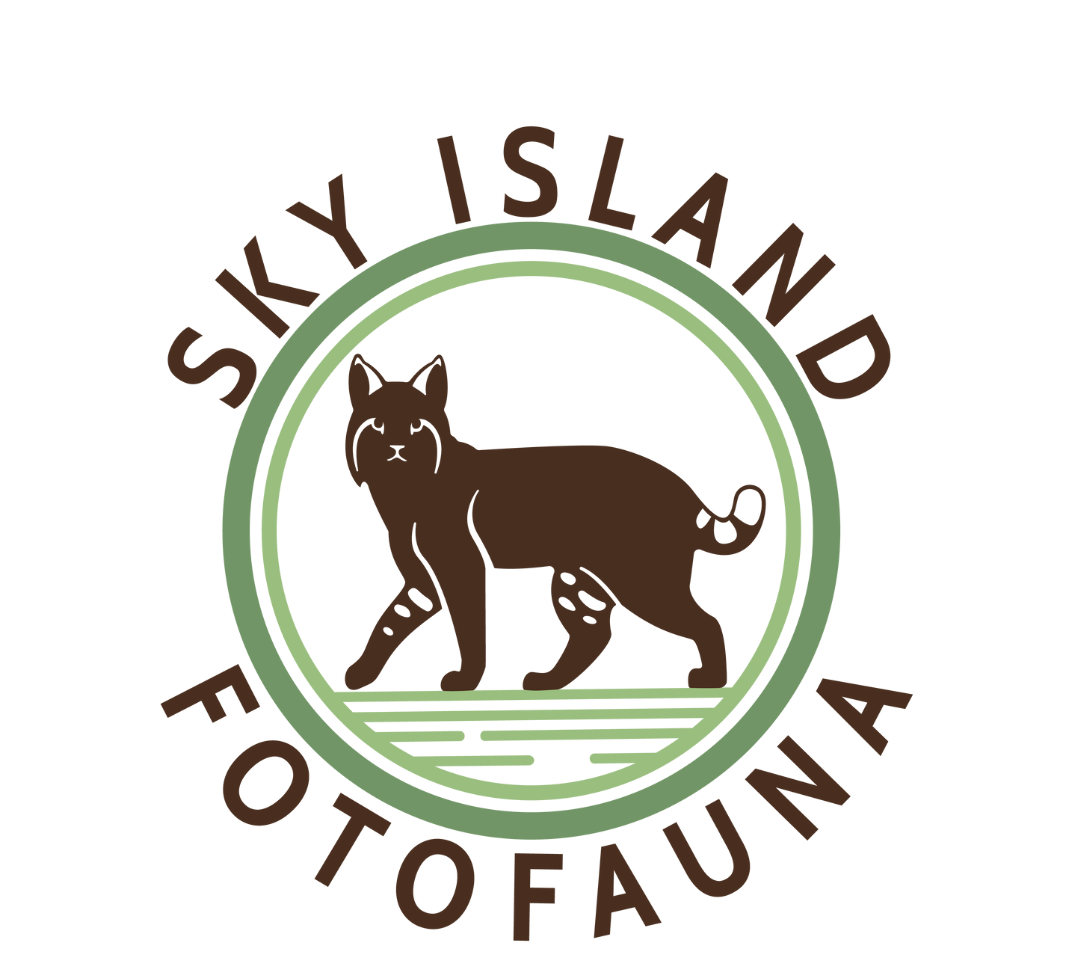Join our growing network of wildlife cameras and help observe presence, absence, and seasonal movements of species in the Sky Islands of the U.S. and Mexico. It’s easy to get started — and you can do it all from the comfort of your home. Just set up a wildlife camera and submit an online monthly checklist of species you observe. This data will help Sky Island Alliance and our partners study when and where wildlife is present so we can better protect their habitats and pathways.
Project Contact: Eamon Harrity, Wildlife Project Manager ([email protected])

About Sky Island FotoFauna
Sky Island FotoFauna harnesses the power of volunteer-operated wildlife cameras throughout the Sky Island region. Every month, volunteers submit one checklist per camera and indicate which species were (and weren’t) detected on camera that month. These submissions are helping give us a clearer picture of when and where 44 different wildlife species are present in the region.
By combining the FotoFauna data we receive on species presence and absence, we’ll be able to measure:
- The seasonal changes in wildlife movement for migratory species, like the elf owl, turkey vulture, and gray hawk.
- The success of urban-adapted species that live near human development, like coyote, bobcat, greater roadrunner, cottontail species, and striped skunk.
- The landscape accessible to wide-ranging species that require connected Sky Island habitats, like mountain lions, black bears, pronghorns, mule deer, and white-tailed deer.
- The persistence of species unique to the Sky Island region, including the antelope jackrabbit, Gould’s turkey, and Gila monster.
- The northern range limit of subtropical species, including the white-nosed coati, North Mexican Virginia opossum, javelina, hooded skunk, and hog-nosed skunk.
- The presence of species that need undeveloped open space to thrive, including the ringtail, American badger, and Western spotted skunk.
If you’d like to learn more about the wildlife of the region, check out these resources for information on how to identify the species you see on your camera / in your backyard. You can also browse through the blogs on our website; many of them have helpful information about the fauna of the Sky Islands.
Ready to Get Involved?
We’d love to have you as part of Sky Island FotoFauna! Check out these options for the scenario that best fits your needs.
I'd like to join and have a wildlife camera.
Best of FotoFauna 2022

View the other winning FotoFauna photos from 2022.
Collaborating FotoFauna Partners
FotoFauna would not be possible without the following collaborating partners:
Arizona Center for Nature Conservation/Phoenix Zoo, Arizona-Sonora Desert Museum, Arizona Trail Association, Borderlands Restoration Network, Caminantes del Desierto, Chiricahua National Monument, Copper Queen Library, Coronado National Memorial, Cuenca Los Ojos, Educating Children Outdoors, Friends of Agua Caliente, Friends of Redington Pass, Profauna, Rancho El Aribabi, Saguaro National Park, Sky Island Alliance, The Nature Conservancy Arizona, Tucson Audubon Society, Tohono Chul, Universidad de la Sierra, Watershed Management Group, and Wildlands Network.



